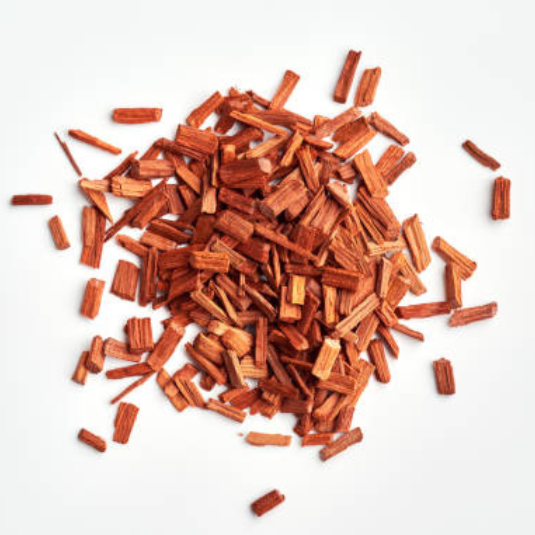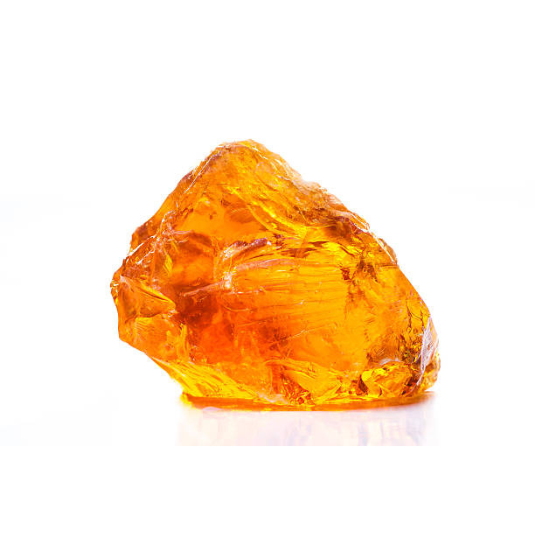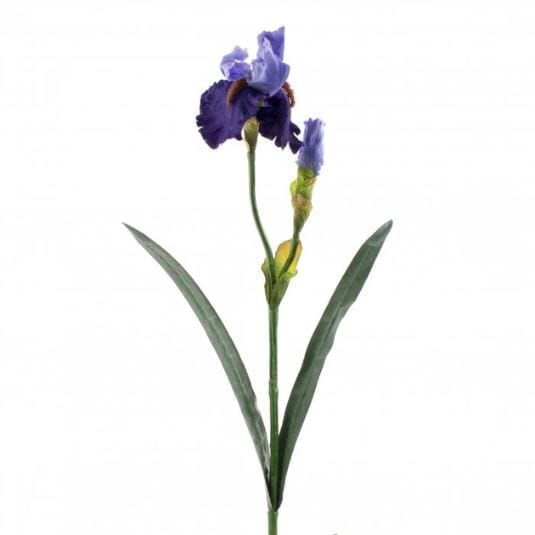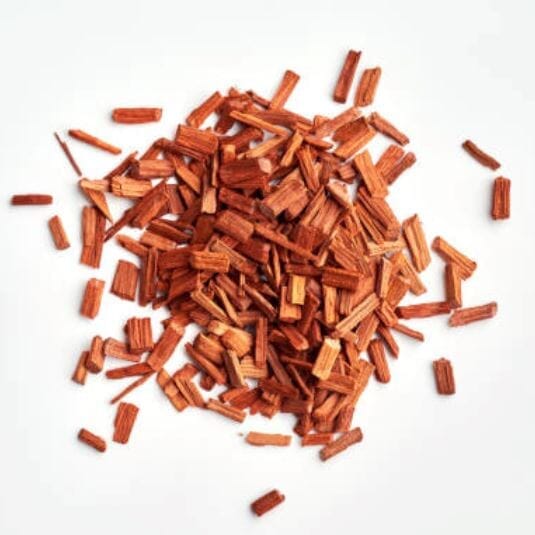What does the word cedar mean?
The cedar is a majestic tree that can reach up to 40 meters in height. It belongs to the Pinaceae family and is mainly cultivated in the mountainous regions of the Himalayas, Lebanon, Algeria, and Turkey.
The etymology of the word "cedar" comes from the Latin cedrus, which means "resinous tree." This Latin name was borrowed from the ancient Greek κέδρος (kedros), which also referred to the tree.
In the beginning…
The cedar tree has a history dating back thousands of years. It has been known since ancient times for its medicinal properties and resistance to decay. Cedar was considered a symbol of strength and prosperity and was often used to build temples and palaces. The Egyptians used its essential oil to embalm their dead, and the Phoenicians used it to build their ships. The Romans, for their part, used its wood as a building material. In the Middle Ages, it was introduced to Europe and became a symbol of prestige and wealth.
In perfumery, cedar has been a key ingredient for centuries, bringing its woody, warm, resinous scent to many iconic fragrances.
Even today, it remains an element of choice for perfumers seeking warm and enveloping notes.
Cedar cultivation
The cedar is a majestic tree that requires a specific environment for its cultivation. It typically grows in mountainous regions, with a continental or Mediterranean climate, and requires well-drained, nutrient-rich soil.
Cedar -producing regions are primarily located in mountainous areas such as the Himalayas, Lebanon, Algeria, and Turkey. The Atlas cedar, native to Morocco, is also prized in perfumery for its warm, woody scent.
This majestic tree can be grown from seeds or cuttings, but the most common method is planting young trees. The soil should be well-drained and nutrient-rich. Once planted, cedars require regular watering, especially during the first few months of growth, as well as regular pruning to encourage healthy growth.
Cedar is a precious wood species widely used in the perfume industry. Developing it for this purpose is a meticulous process requiring a combination of expertise, know-how, and respect for the environment. Perfumers seek cedars with unique olfactory characteristics, rich in warm, woody notes. The trees must be carefully cultivated and sustainably harvested, ensuring the preservation of this natural resource. Thanks to its distinctive scent and versatility, cedar continues to play a vital role in the creation of refined and timeless fragrances.
Cedar harvesting is a delicate process that requires special expertise to preserve the wood's quality and distinctive fragrance. Mature trees are typically felled during the winter months when they are dormant. Cutting and sorting the wood is done carefully to avoid cracking and damage. Once the wood is cut into boards, it is stored in a dry, well-ventilated area for slow, even drying.
What did you know about cedar in perfumery?
The treatment and processing of cedar for perfumery is a meticulous process that aims to preserve the natural fragrance of the wood while transforming it into a premium quality essence for the perfume industry.
The wood is first cut into small chips or thin planks and then distilled to extract the essential oil. This distillation process can be carried out using different methods, but the most common are steam distillation and solvent extraction.
After distillation, cedarwood essential oil is filtered and refined to remove impurities and obtain a pure, concentrated essence. This essence is then used in the manufacture of perfumes, cosmetics, and personal care products, where it adds a woody, fresh note.
The aroma profile of cedar is woody, fresh, and slightly spicy, with notes of pine and earth. It has a dry, green, and resinous scent, comparable to the smell of a pencil.
Cedarwood essential oils are often used in perfumes for their distinctive scent and ability to balance floral and fruity notes. It is mostly used as a base note because it has impeccable staying power.
Crafting a cedar perfume requires several precise steps to achieve a superior-quality essence. First, the highest-quality cedarwood must be selected and processed to extract the essential oil. Once the essential oil is extracted, it must be filtered and refined to obtain a pure and concentrated essence. Next, the perfumer must work on the fragrance's olfactory profile, combining it with other aromatic notes to create a balanced and pleasant composition. Finally, the perfume is bottled and ready for sale.
The olfactory accord with cedar is complex and sophisticated. In perfumery, cedar is often combined with woody or spicy notes to create a rich and warm scent, but it can also be used to bring a fresh, green note to a composition.
Perfumers must consider cedar's olfactory profile and combine it with other ingredients to create a balanced and pleasing composition. For example, Virginia cedar pairs well with flowers and fruits, as do patchouli, sandalwood, and vetiver. In short, olfactory harmony with cedar is a complex art that requires expertise and passion to create unique and timeless fragrances.
GOOD TO KNOW!
Cedarwood offers numerous benefits, particularly in the perfume and personal care industries. Its soothing and antiseptic properties make it a popular ingredient in skin care products such as soaps and lotions.
Also, its wood is widely used in the construction industry, thanks to its natural resistance to insects and rot.
Legendary cedar fragrances...
Cedar is a valuable ingredient in the perfume industry, often used to create unique and timeless fragrances. Here are some of the most famous perfumes with cedar:
• Chanel Bleu de Chanel Eau de Toilette: This men's fragrance is a blend of woody and spicy notes, with cedar adding a touch of freshness and elegance.
• Terre d'Hermès by Hermès : This fragrance for men is a blend of citrus and woody notes, with cedar bringing a touch of warmth and depth to the composition.
• Opium Homme Eau de Parfum by Yves Saint Laurent : it combines woody and spicy notes to create a rich and sensual fragrance. Cedar, which is one of the key ingredients in this composition, brings a touch of depth and warmth that makes this perfume unique and timeless.
• Eau de Cologne Cedar Wood from the Frédéric Malle brand. This cologne harmoniously combines cedar essence with other notes to create a woody and elegant fragrance. However, it is important to note that perfume brands may launch new compositions or modify their ranges over time.
• Diptyque 's Tam Dao Eau de Parfum is a unisex fragrance that skillfully combines cedar essence and sandalwood to create a woody, warm, and slightly spicy fragrance. It is a scent appreciated for its soothing character and sophistication.
• Jo Malone 's Amber & Cedar fragrance. This unisex fragrance combines the warmth of amber with the woody richness of cedar, creating an elegant and captivating fragrance. The base notes of amber, patchouli, and myrrh add a sensual and sweet touch, while cedar adds a freshness and woody structure. This combination creates a captivating fragrance, perfect for lovers of warm, woody notes.
Bon Parfumeur cedar fragrances
Cedar is a key ingredient in our Bon Parfumeur fragrances:

• Eau de parfum 601 : Vetiver, cedar, bergamot. Timeless elegance in a bottle. This fragrance opens with vibrant, fresh top notes of bergamot, grapefruit, and pink pepper. The heart notes are violet leaf, which adds a vegetal dimension. Vetiver and cedar then unfold in the background, with their intense, rich woody facets. A distinguished, chic olfactory signature.
• Eau de parfum 602 : Pepper, cedar, patchouli. The fragrance of chic 2.0, woody and spicy. From the first seconds, we feel the spicy freshness of pink berry and black pepper. In In the middle notes, neroli reveals itself and brings a lot of softness. In the base, essences of patchouli, vetiver and benzoin resin give this fragrance all its power. Here, cedar boosts the spicy and dazzling note of black pepper at the top, and reinforces the power of patchouli in the base.
• Eau de Parfum 101 : Rose, sweet pea, white cedar. A fragrance for the queen of flowers: sweet and fresh like a rose garden. The first notes are green and spicy with cardamom. The heart is rose and sweet peas. Damask rose has been used in absolute and essence. In the base, musk and white cedar bring a powdery softness. Cedar, with its woody, vibrant and dry notes, offers a lot of elegance: it is easy to recognize because it smells like pencil lead.
• Eau de Parfum 401 : Cedar, candied plum, vanilla. A fragrant liqueur with fruity and vanilla accents. A fresh and tangy trio of cypress, elemi and bergamot to start. Then the plum reveals sweet and captivating tones of candied fruit, balanced by the elegance of cedarwood. Here, the cedar dries the gourmand note of the plum to make it more candied and less sweet.
• Eau de parfum 801 : Sea spray, cedar, grapefruit; A sea breeze. Sea, spray and sun! Like a breeze of sea spray caressing our face, 801 is refreshing with its grapefruit opening. This wind intensifies and makes the spices swirl: pink pepper and nutmeg bring a hint of spice. The rows of cedars and cypresses diffuse their facets of wood dried by the sun's rays into the air. Here, the cedar reminds us of the notes of wood dried by the wind, or the scent of driftwood found on the sand. These dazzling notes boost the fresh facets of the sea spray.
• If you are looking for home fragrances, take a look at the 05 candle . A real journey into The Mediterranean is yours to discover! Built around the figure of a fig tree, this fragrance perfectly captures the scent of the fig tree, both deliciously gourmand and woody. You will find cedar combined with myrrh in the base, where they infuse power, warmth and sensuality into the candle.










